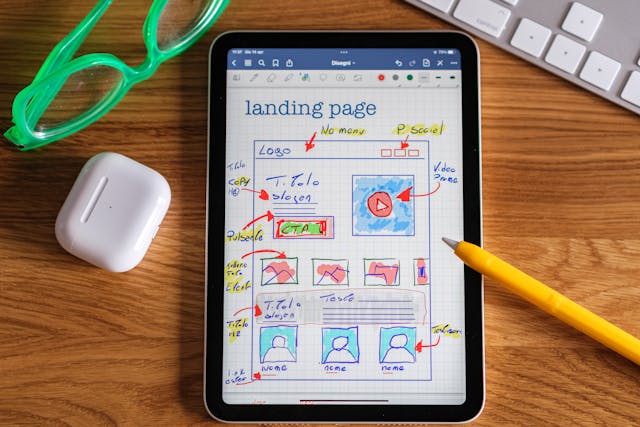
Driving Digital Transformation: The Vital Role of IT and Software in the Modern Enterprise
In today's fast-paced, data-driven business landscape, digital transformation has become a necessity for organizations seeking to remain competitive and adaptable. At the heart of this transformative journey lies the critical function of information technology (IT) and the power of innovative software solutions. As companies strive to optimize operations, enhance customer experiences, and unlock new avenues for growth, the strategic integration of IT and software has emerged as a pivotal driving force.
The Evolving Role of IT in Digital Transformation
Gone are the days when IT departments were relegated to a mere support role. In the age of digital disruption, IT has evolved into a strategic business partner, tasked with aligning technology initiatives with overarching organizational goals. IT professionals now wear multiple hats, from identifying emerging technologies to designing and implementing tailored digital solutions.
Key Responsibilities of the Modern IT Department:
1. Assessing and Implementing Emerging Technologies: IT teams must stay vigilant, continuously monitoring the technology landscape to identify innovative tools and platforms that can streamline processes, boost productivity, and drive competitive advantage.
2. Data Management and Analytics: Effective data management and the ability to extract actionable insights from vast data sets have become critical for informed decision-making and strategic planning.
3. Cybersecurity and Risk Mitigation: With the proliferation of cyber threats, IT teams must prioritize robust cybersecurity measures to protect sensitive information and ensure business continuity.
4. Process Optimization and Automation: By automating repetitive tasks and streamlining workflows, IT can enhance operational efficiency and free up resources for more strategic initiatives.
5. Digital Infrastructure and Cloud Migration: Modernizing IT infrastructure, including the strategic adoption of cloud computing, is pivotal for agility, scalability, and cost optimization.
6. Fostering Digital Literacy and Change Management: IT must play a key role in driving organizational change by upskilling employees and promoting a culture of digital fluency.
The Transformative Power of Software Solutions
Complementing the evolving role of IT, innovative software solutions have become the backbone of digital transformation. From enterprise resource planning (ERP) systems and customer relationship management (CRM) tools to custom-built applications and cloud-native platforms, software has the power to revolutionize how businesses operate, engage with customers, and achieve their strategic objectives.
The Synergistic Relationship Between IT and Software
The success of digital transformation hinges on the seamless integration and collaboration between IT and software. IT professionals must possess a deep understanding of the organization's strategic objectives and translate them into tailored software solutions that drive tangible business outcomes. Conversely, software developers must work in tandem with IT teams to ensure that their creations align with the organization's IT infrastructure, security protocols, and user requirements.
This synergistic relationship enables organizations to:
- Develop a cohesive digital strategy that leverages the full potential of technology
- Implement scalable, future-proof software solutions that adapt to changing needs
- Optimize the use of IT resources and ensure efficient technology deployment
- Foster a culture of innovation and continuous improvement
Conclusion:
In the era of digital transformation, the pivotal role of IT and software cannot be overstated. By embracing the strategic integration of these two vital functions, organizations can unlock unprecedented opportunities for growth, innovation, and competitive advantage.






(0) Comment